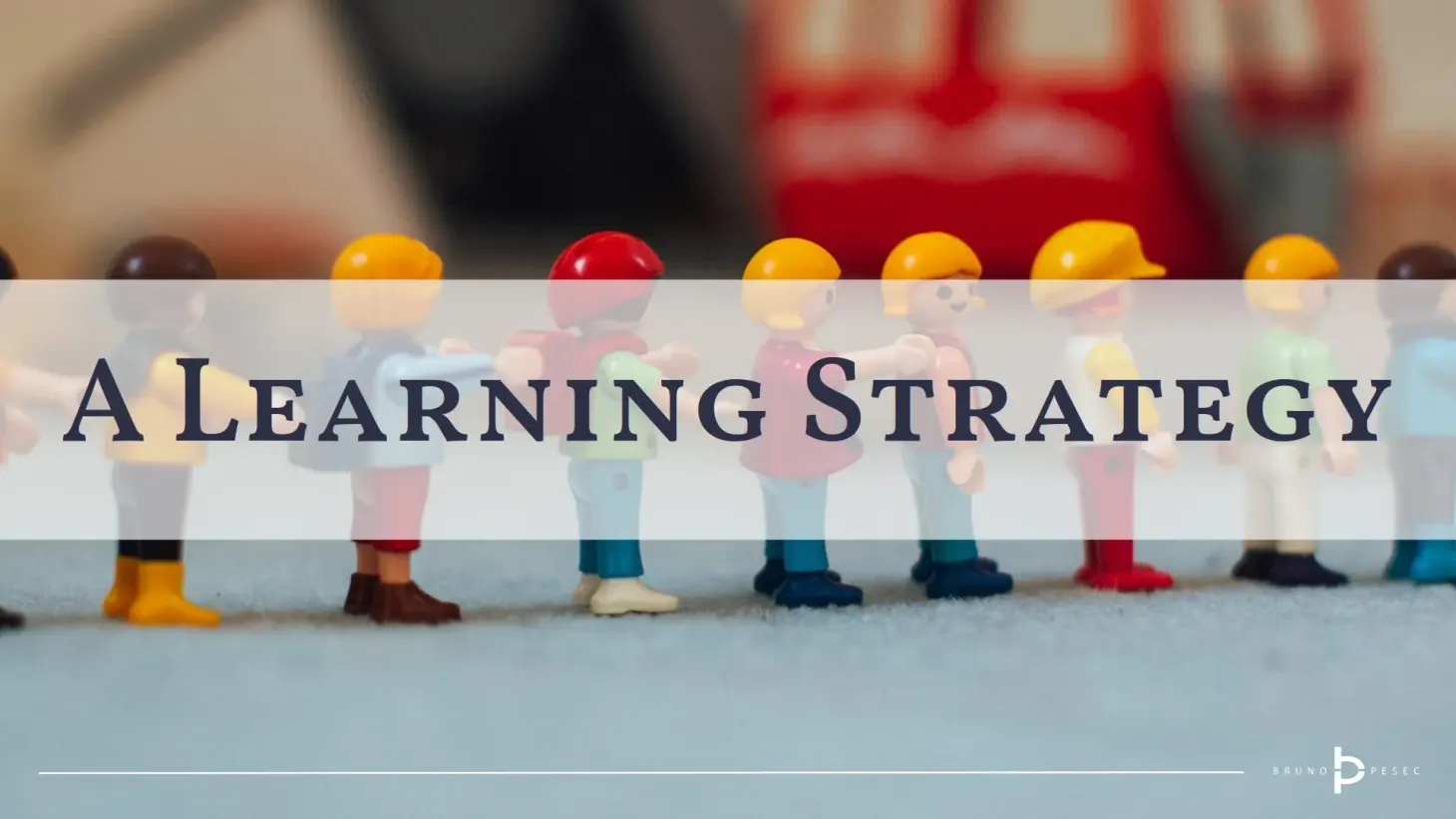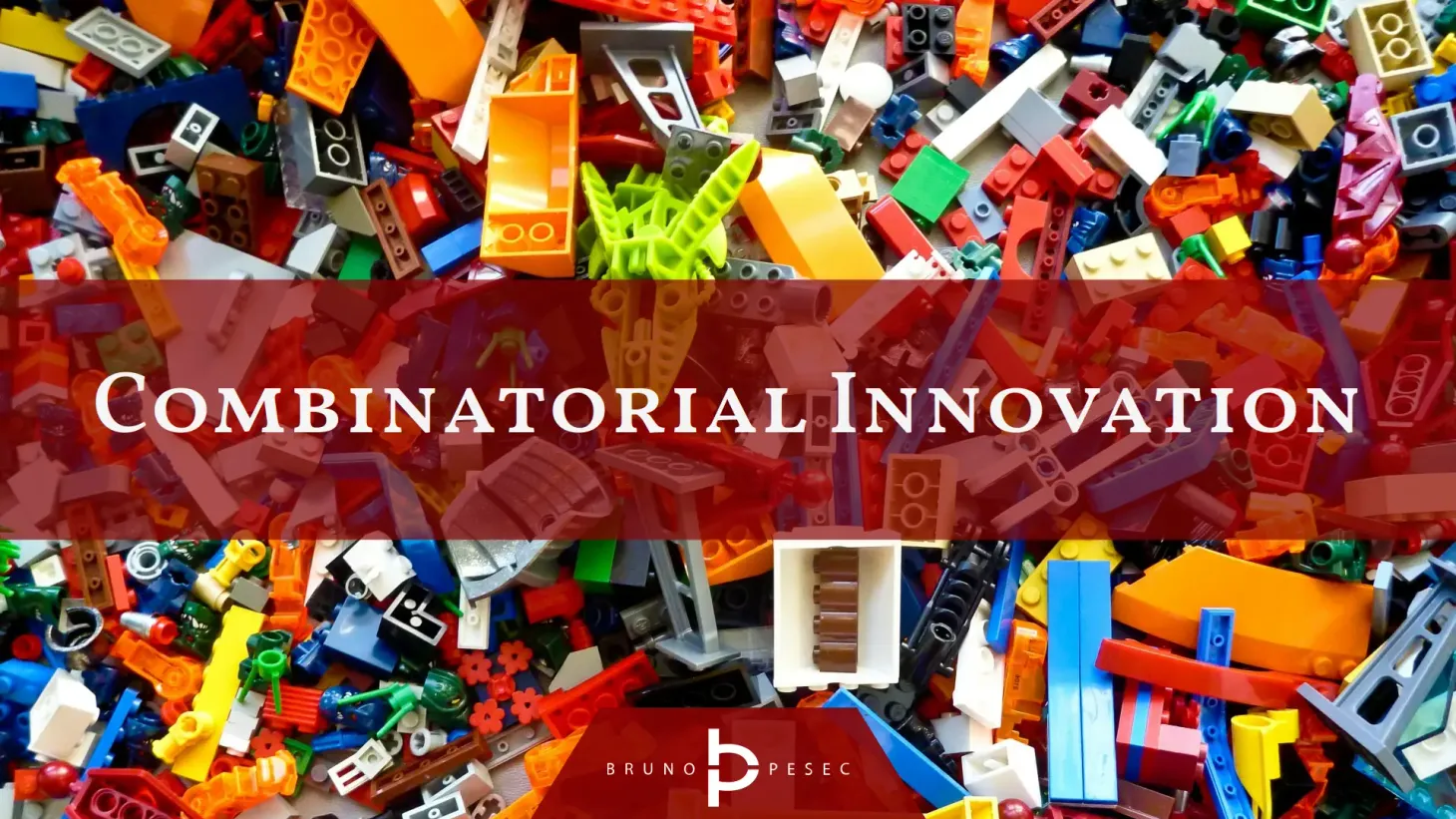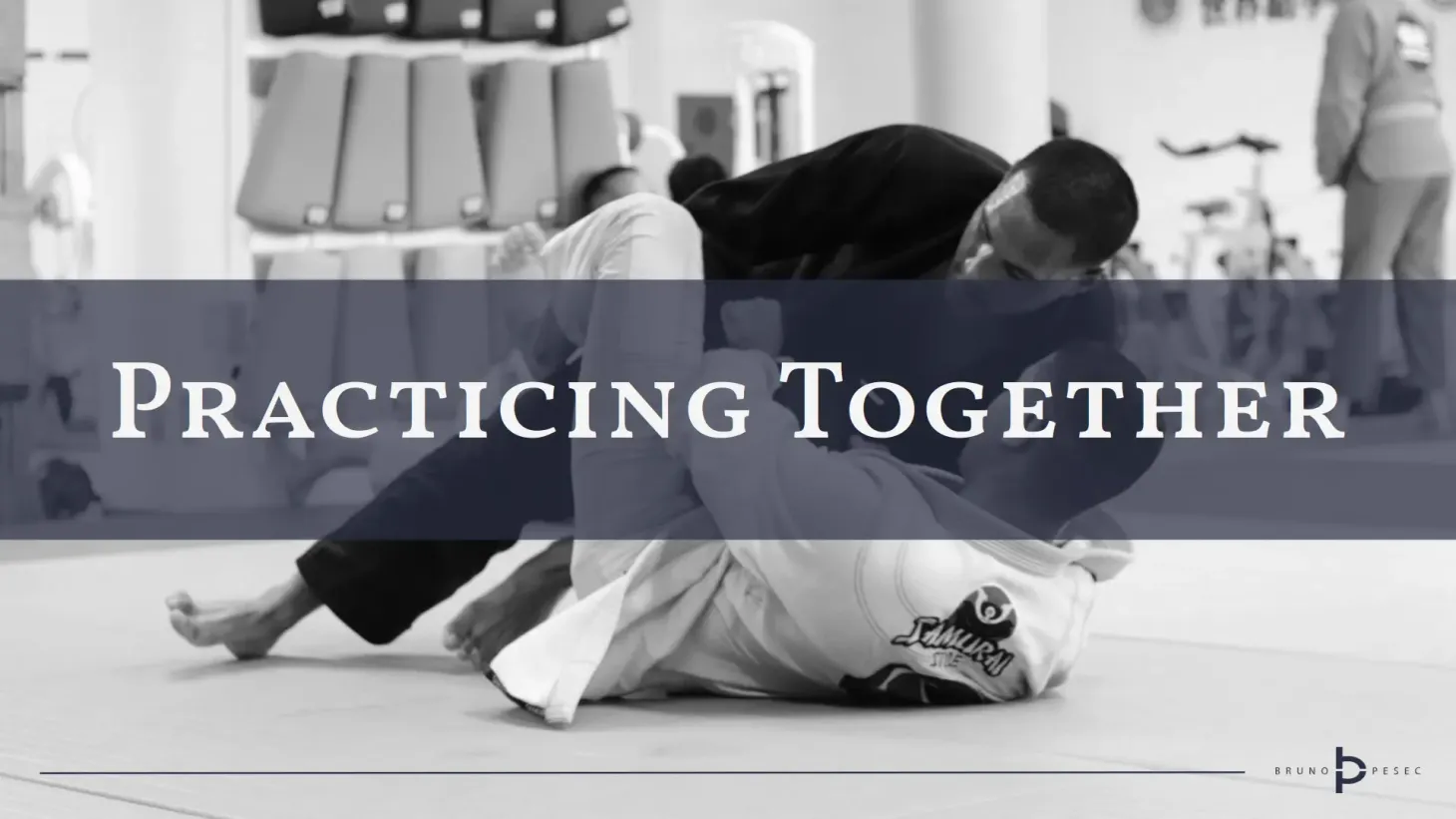Strategies for Growth and Innovation at Ashridge
What have I learnt at the five day Strategies for Growth and Innovation course at Ashridge Executive Education?
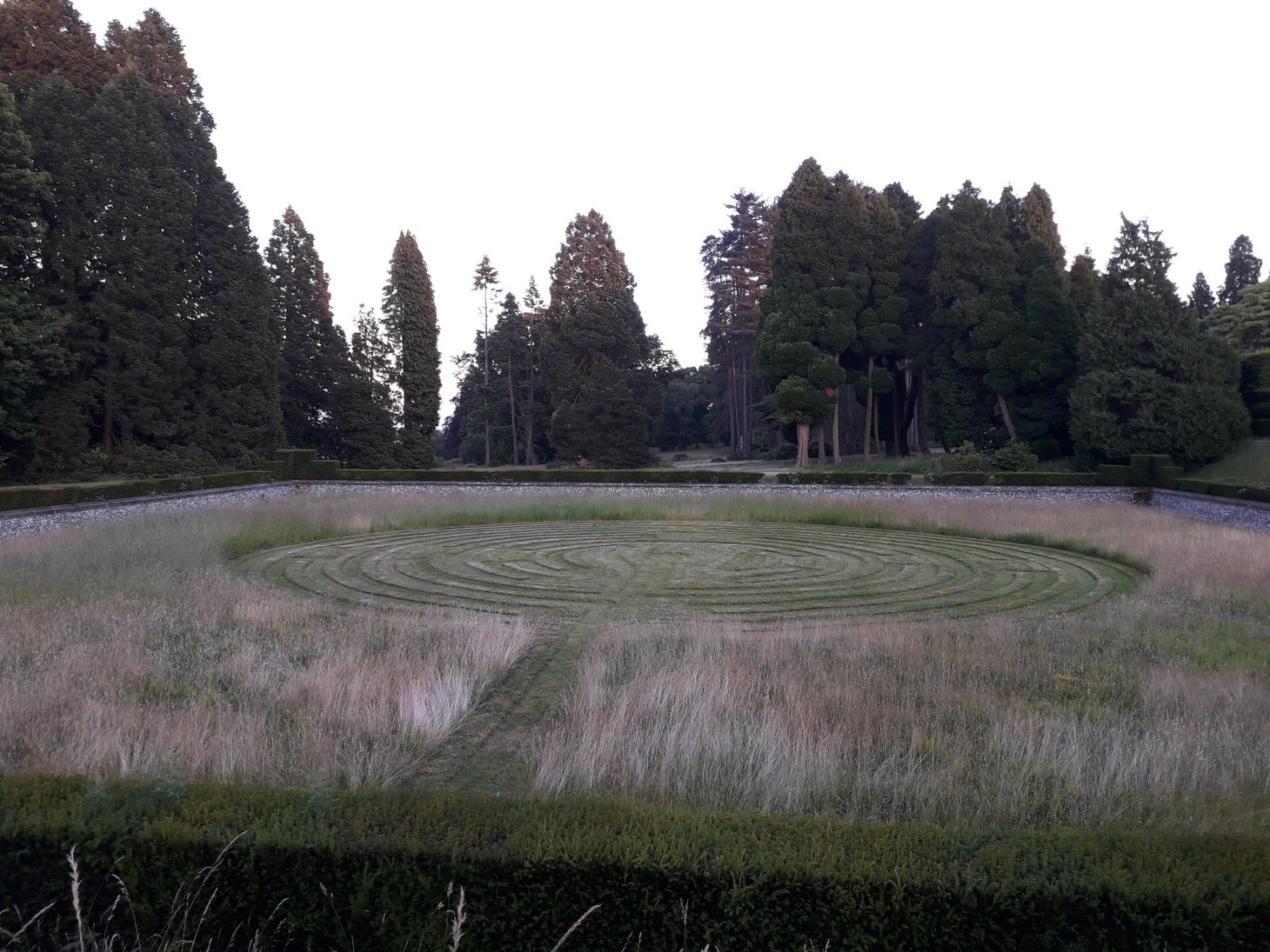
This was the last course I've taken on my quest to deepen and broaden my understanding of business strategy. It was marketed as advanced, and I was looking forward to learning more about innovation strategy and management.
Read about my experience and key lessons learned.
Strategies for Growth and Innovation
In five days we covered following topics:
- Strategies for growth
- Building a growth model using Lego Serious Play
- Innovation strategies
- Innovating your business model
- Understanding disruptive innovation
- Creativity for leaders
- Innovation mindset
- Design thinking and customer centricity
- Executing innovation
Lecturers were Paul Griffith and Hari Mann:
Paul has a focus in marketing, strategy implementation and program management. In particular, his interest areas are in launching new products and services, leveraging business innovation, delivering strategic change and harnessing effective project management.
Hari has over a decade of experience in academia and business. His main interests are in Strategy, innovation and entrepreneurship. His research looks at how businesses develop the culture, environment, and infrastructure to foster innovation and entrepreneurial activities.
Experience
Despite experienced lecturers, I found this course to be quite disjointed.
It felt like junior consultants assembled the slides on the night before the course, and then handed it off to principals to hold lectures. Valid concepts were jumbled across five days without much semblance of attempt to connect them into one meaningful whole.
There were plenty of exercises, but again, they were embedded in their specific block, and didn't have a clear continuum with each other. Using Lego blocks to construct growth and/or innovation strategy was an overarching exercise, spanning all five days. Playing with Lego's is always fun, but whole exercise felt like a waste of time. By the end of the week I haven't observed a lot of changes in the models.
Issues of innovation strategy and management were covered at high level, with little time given to it. Most of the time was spent on various tools (like business model canvas, and customer journey mapping, etc.) or introducing concepts (like disruptive innovation, design thinking, lean startup, etc.). Since the course was not marketed as Innovation 101, this was not what I expected.
Everything was held together by knowledgeable and experienced lecturers. Assuming they were the ones making curriculum and materials, they ought to pay more attention to create something that is meaningful as a whole, and not just at a singular level.
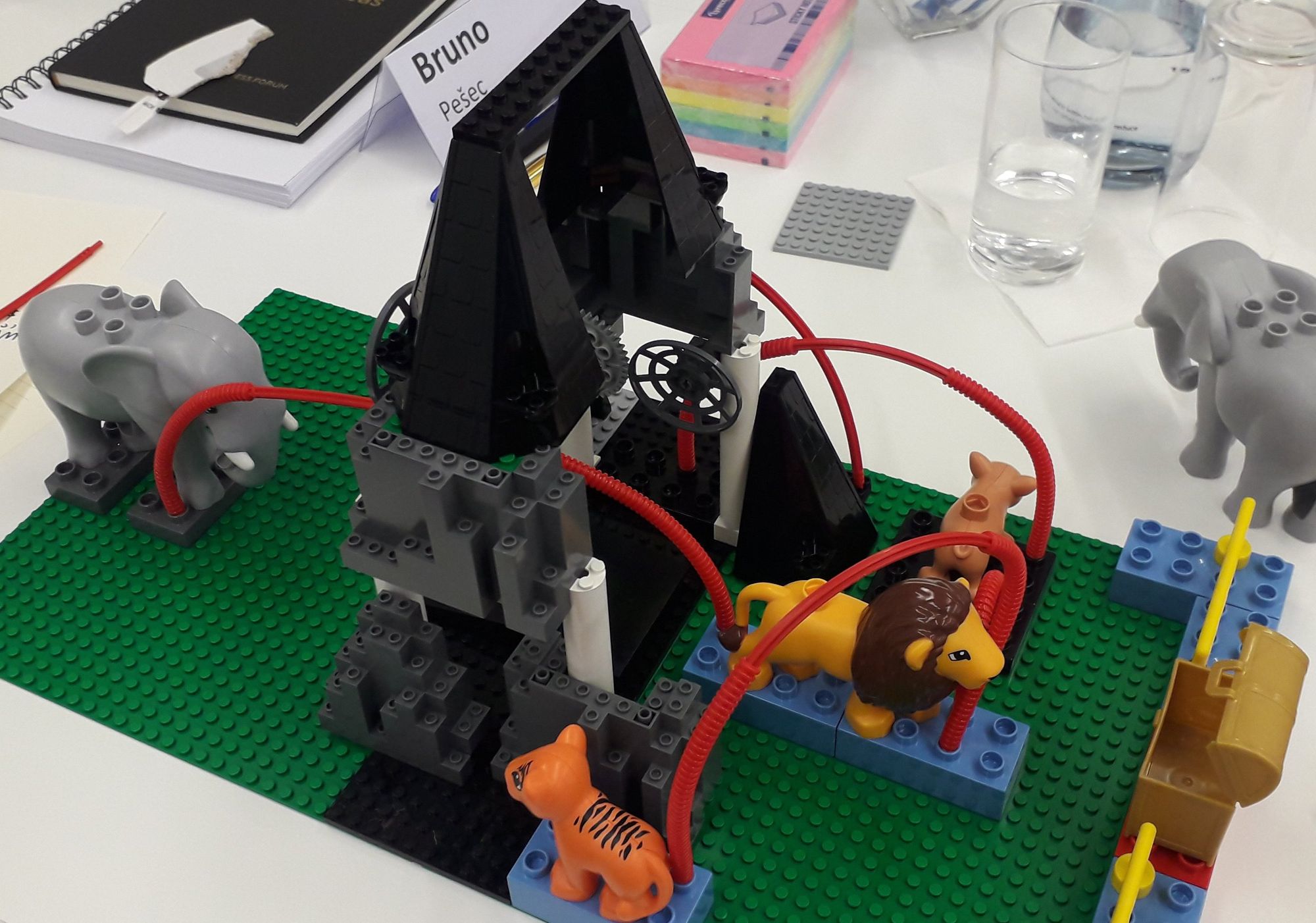
Key take-aways
In five days I've written 11 pages of notes. These are my personal highlights.
Formula for creating a powerful multiplier effect:
- Context. Can we spot the big trends in the market and technology?
- Combination. How can we combine ideas, approaches and processes?
- Sequence. How do we time the execution, what comes first?
Miscellaneous notes:
- Innovation is the process by which we create and then act on ideas that have value.
- Incremental improvement innovations are the major driver of business and product outcomes. (Source: Creativity Unlimited.)
- Thoughts and ideas are not the same. Former is unstructured and fleeting, while latter is coherent and has elements of a solution.
- Spend as much as you need to hire the right people.
Three distinct models for executing innovation projects (article, book):
- Model S – small initiatives.
- Model R – repeatable innovation.
- Model C – custom.
Granular growth decomposition (article, book):
- M&A. Net inorganic growth when organisation purchases or sells revenues via acquisition or divestment.
- Portfolio momentum. Organic revenue growth achieves through market growth of the segments represented in its portfolio. A measure of strategic performance.
- Share gain. Organic growth achieved through gaining or losing market share from its competitors.
Ten growth paths (article, book):
- Customer Experience. Inspire additional purchases and advocacy.
- Customer Base Penetration. Sell more existing products to existing customers.
- Market Acceleration. Expand into new markets with existing products.
- Product Expansion. Sell new products to existing markets.
- Customer and Product Diversification. Sell new products to new customers.
- Optimize Sales. Streamline sales efforts to increase productivity.
- Churn (Minimize Defection). Retain more customers.
- Partnerships. Leverage third-party alliances, channels, and ecosystems (Sales, Go-to-Market).
- Co-opetition. Cooperate with market or industry competitor (Product Development, IP Sharing).
- Unconventional Strategies. Disrupt current thinking.
Useful tools for disruptive innovation:
- digital disruption guide for incumbents,
- disruptive landscape map,
- disruption matrix.
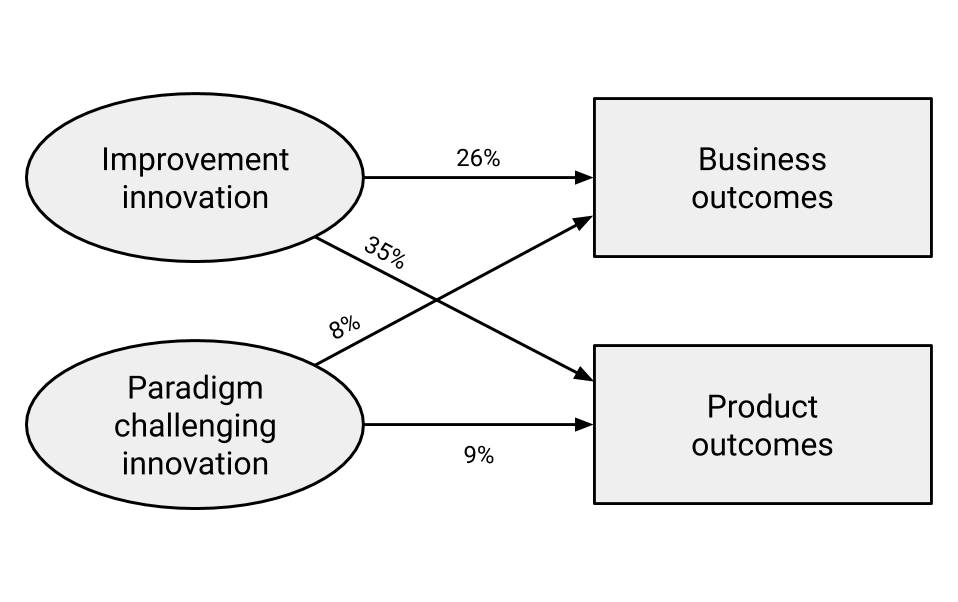
Concluding remarks
Perhaps this course was a poor fit for me as an experienced practitioner, but then they should have warned me. Prior to the course I submitted my learning goals, going into details of what do I expect to learn. Marketing and content of the course did not match. As it was, it felt like Innovation 101, which is not what I expected.
Read more about my experience with other Ashridge courses here.
Bruno Unfiltered
Subscribe to get the latest posts delivered right to your inbox. No spam. Only Bruno.


